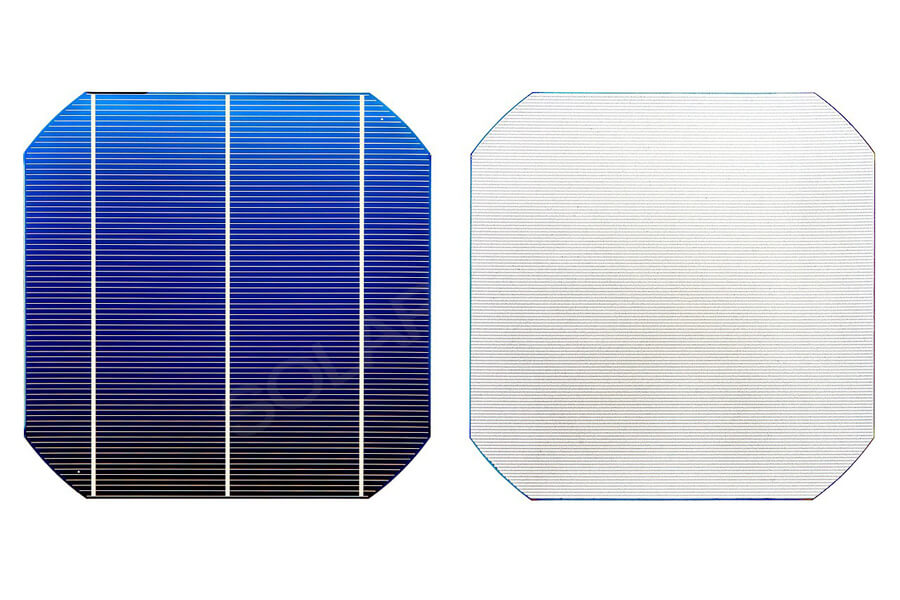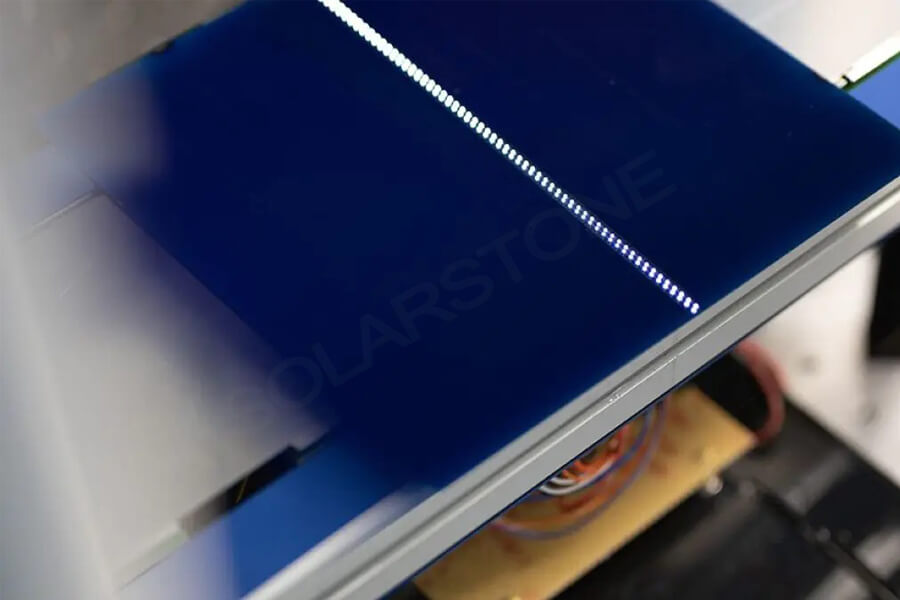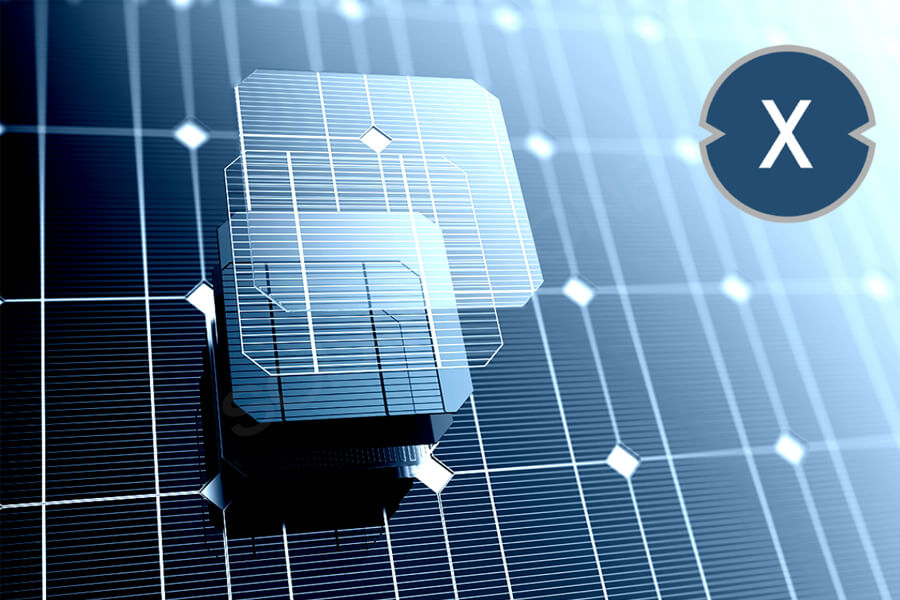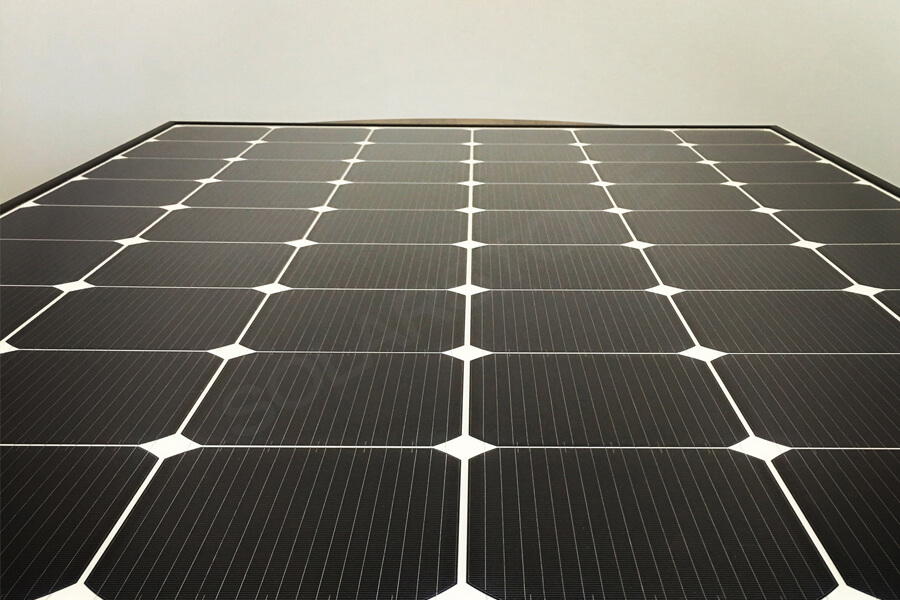A high-quality solar cell often wins the favor of the photovoltaic market with its significant advantages. As the “leader” in the solar cell market, PERC cells have many undeniable advantages and have always dominated the solar cell market.
What is a PERC cell?
The PERC, also known as the emitter and backside passivation cell, is a natural derivative of the conventional aluminum back field cell (BSF) structure. Conventional BSF cells have inherent limitations in terms of photoelectric conversion rate due to the inability to reduce the recombination speed in the metal aluminum film layer on the back surface to below 200cm/s, resulting in only 60% -70% of the infrared radiation reaching the aluminum back layer being reflected, resulting in significant photoelectric loss;
The solar panels manufactured by PERC cells have an additional layer on the back of traditional solar cells. This additional layer can capture more sunlight and convert it into electricity, making PERC cells more efficient than traditional batteries. The PERC template can also alleviate back lamination and prevent longer wavelength heat from becoming heat that can harm cell performance.
Why do we need to understand PERC cells?
Everything has its inherent causal relationship. In today’s development trend, the audience of PERC cells in the photovoltaic market has become overwhelming. The production line of PERC photovoltaic modules has almost become a must-have for mainstream module manufacturers, with an efficiency 1% or more higher than traditional modules.
The PERC structure can break through the physical efficiency achieved by traditional photovoltaic cells and enable photovoltaic module manufacturers to improve module conversion efficiency. According to analysis, the market share of PERC photovoltaic modules will continue to increase significantly in the coming years, becoming a mainstream supply commodity.
Technological iteration, PERC remains mainstream in the market
PERC technology relies on its strong cost performance advantage and production capacity layout. At least for the next three years or even a considerable period of time, it will still be the mainstream technology in the industry, and manufacturers will actively improve efficiency and reduce costs to extend its lifecycle.
As an efficient solar cell, PERC cells are one of the important trends in the development of the solar cell industry. With the increasing demand for renewable energy, the market demand for solar cells is also constantly growing. The emergence of PERC cells has greatly improved the efficiency and performance of solar cells.







